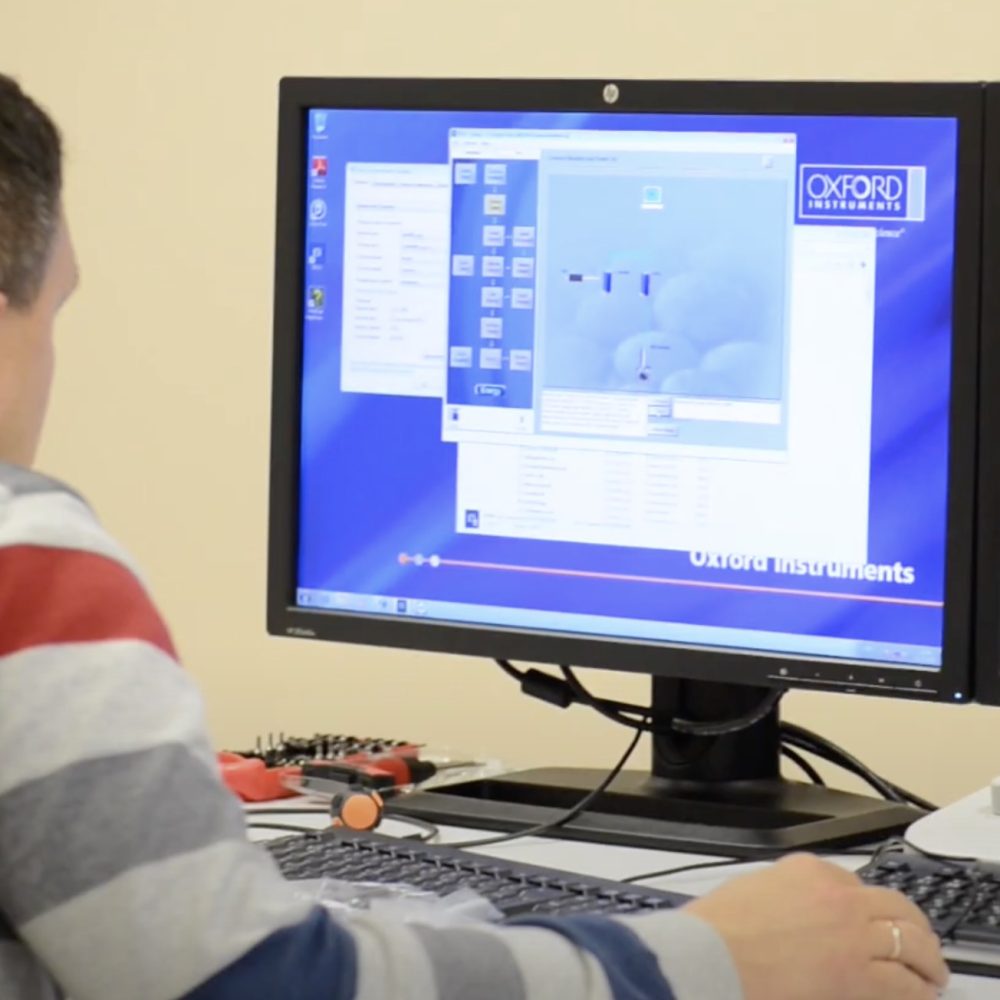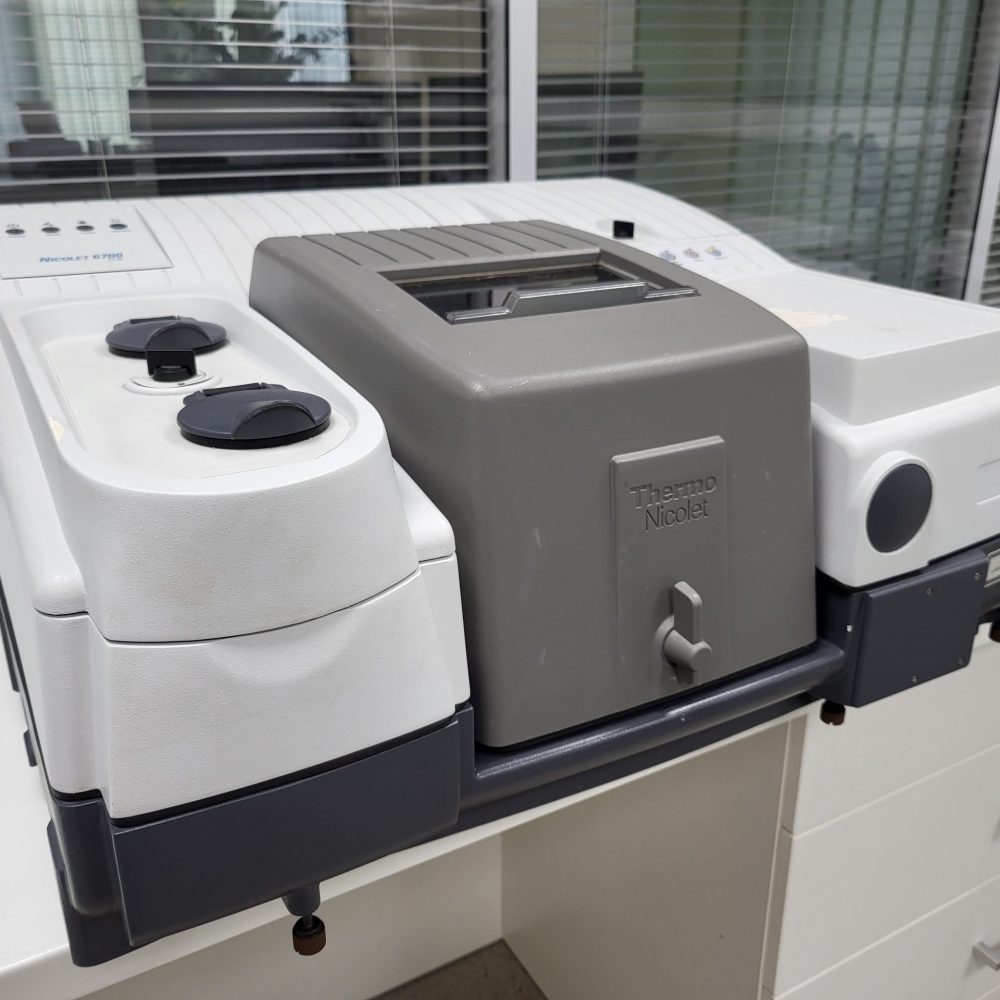
Reverse engineering serves multiple purposes including competitive intelligence, quality control, understanding and anticipating product behavior, substituting raw materials, product optimization, regulatory compliance, and intellectual property protection. These objectives underscore the importance of thoroughly understanding the product in question from different perspectives, whether it’s to gain a competitive edge, ensure quality and compliance, or innovate and optimize.
Our company many years utilize various analytical techniques to characterize and gather information about the objects being studied, including emulsions, suspensions, and nanoparticles, such as the main areas of investigation in reverse engineering.
Reverse engineering in the context of pharmaceuticals and industrial applications involving emulsions, suspensions, and nanoparticles is a complex process aimed at understanding the composition, structure, and manufacturing procedures of these multifaceted systems. This process is critical for drug development, generic drug formulation, quality control, and competitive analysis.
Given that the goals can significantly vary-ranging from analyzing a competitor’s product to enhancing one’s own product or ensuring it meets regulatory standards—the approach and techniques employed in reverse engineering must be carefully chosen based on the desired outcomes. This necessitates a clear definition of expectations before initiating the process, ensuring that the reverse engineering efforts are focused, efficient, and aligned with the specific needs of the project.
Reverse Engineering Applications
Drug Formulation and Development: Understanding the composition and manufacturing process of pharmaceutical formulations is essential for the development of generic drugs. Reverse engineering allows customers to decipher the active pharmaceutical ingredients (APIs), excipients, and their proportions, as well as the critical manufacturing processes that affect the bioavailability and stability of the drug.
Product Improvement: In cosmetics, food, and paints, reverse engineering of emulsions and suspensions can lead to the improvement of product stability, texture, and shelf-life by understanding and optimizing the formulation and processing conditions.
Competitive Analysis: Reverse engineering can be used to analyze competitors’ products to understand their unique selling points or to improve their own products’ performance or cost-effectiveness.
Material Science: RE of nanoparticles is crucial in material science for applications such as coatings, nanocomposites. It helps in understanding the properties of nanoparticles, such as size, distribution, surface modification, and how these properties affect the overall performance of the material.
Nanomedicine: A special role is played by reverse engineering in the study of nanoparticles in nanomedicine Nanoparticles have a great potential such as enhancedeffectiveness, bioavailability, drug targeting, and safety.
Characterization and Analysis
- Spectroscopy: Techniques such as Fourier-transform infrared spectroscopy (FTIR), UV-Vis spectroscopy etc. help to identify chemical compositions and molecular structures.
- Microscopy: Techniques like optical microscopy, scanning electron microscopy (SEM), and transmission electron microscopy (TEM) are used to observe the physical structure, particle size, and morphology.
- Particle Size Analysis: Dynamic light scattering (DLS), laser diffraction, and nanoparticle tracking analysis (NTA) provide information about the distribution of particle sizes within the sample.

Our company make available reverse engineering protocols at a structured methodology or set of guidelines designed to navigate the complexities of reverse engineering projects effectively. This protocol the systematic assessment of products, selection of appropriate analytical techniques, and interpretation of results to meet the outlined objectives, providing a valuable resource for companies and industries engaged in reverse engineering activities.
Please feel free to contact us
Please feel free to contact us for further information on samples, analyses and applicable rates.

Spelling error report
The following text will be sent to our editors: